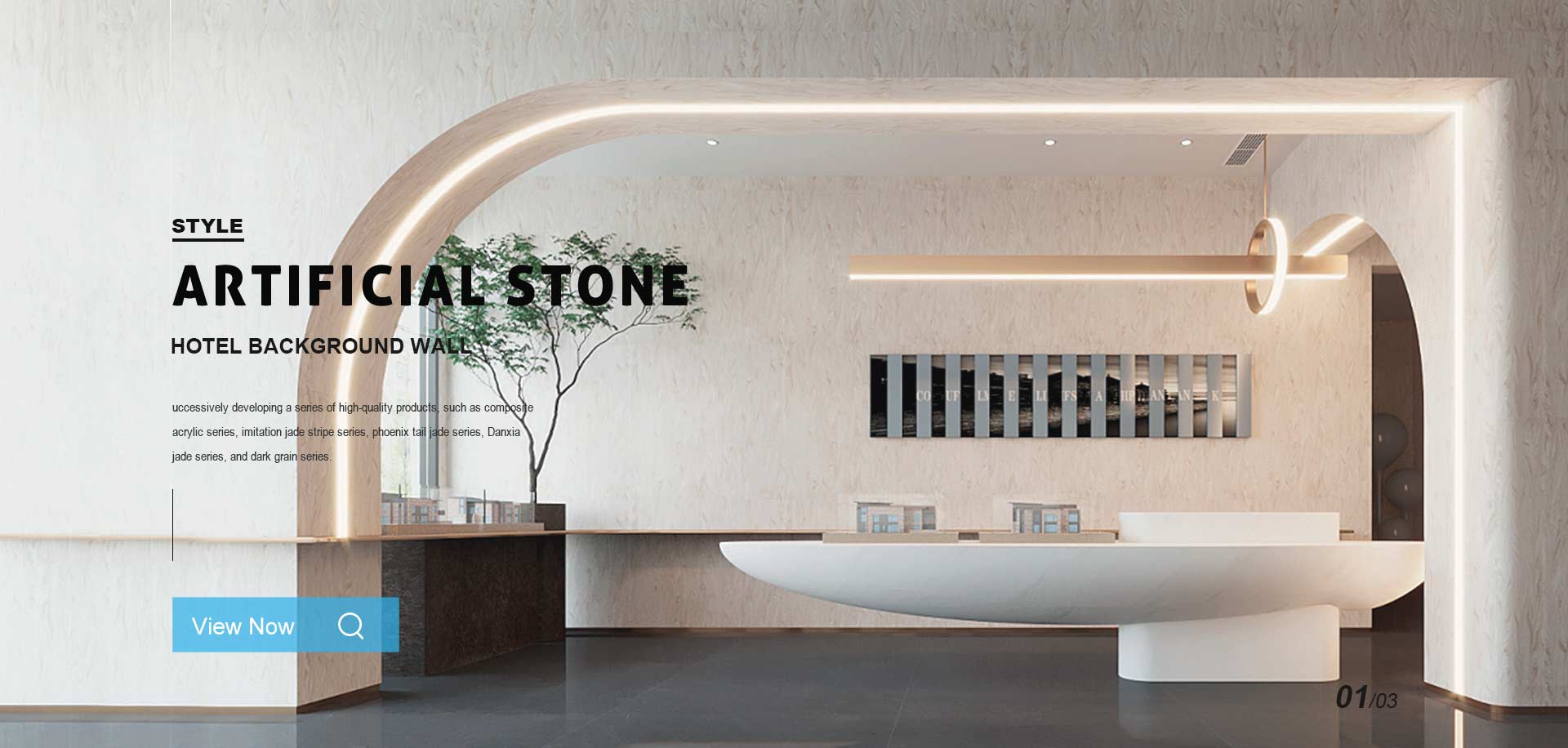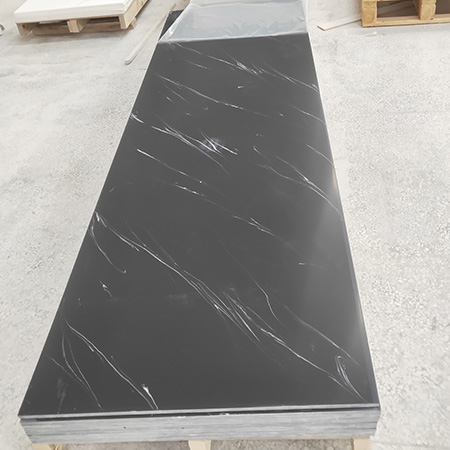
Artificial Slabs are a cutting-edge material in the construction and design industries, offering a versatile and cost-effective alternative to natural Stone Slabs. These slabs are engineered to deliver high performance, aesthetic appeal, and sustainability, making them an increasingly popular choice for various applications.

Composition and Manufacturing Process
Artificial Slabs are crafted from a mixture of materials, including crushed stone, resin, pigments, and additives. The manufacturing process involves several key steps to ensure the final product is both durable and visually appealing:
Crushed Stone:Provides the primary structure and texture of the slab.
Resin:Acts as a binding agent, giving the slab strength and flexibility.
Pigments:Add color and pattern, allowing for a wide range of design options.
Additives:Enhance specific properties, such as UV resistance and antibacterial qualities.
The production process typically includes:
Mixing:Raw materials are thoroughly mixed to achieve a uniform composition.
Molding:The mixture is poured into molds of various shapes and sizes.
Compacting:Using vibration and vacuum techniques to remove air bubbles and compact the mixture.
Curing:Heat and pressure are applied to Solidify the slab and enhance its strength.
Finishing:The slab is polished and treated to achieve the desired surface texture and gloss.
Advantages
Artificial slabs offer numerous benefits over natural stone and other traditional materials:
Design Flexibility:Available in a wide range of colors, patterns, and finishes to suit different aesthetic preferences.
Cost-Effective:Generally more affordable than natural stone, with lower material and installation costs.
Sustainability:Often made from recycled materials and eco-friendly resins, reducing environmental impact.
Durability:Resistant to scratches, stains, and impacts, making them suitable for high-traffic areas.
Consistent Quality:Manufactured under controlled conditions, ensuring uniform quality and appearance across batches.
Application Fields
Artificial slabs are versatile and can be used in various applications across residential, commercial, and industrial settings:
Interior Design:Used for countertops, backsplashes, flooring, and wall cladding in kitchens, bathrooms, and living areas.
Furniture:Incorporated into tabletops, desks, and cabinetry, offering a stylish and durable surface.
Exterior Applications:Suitable for façades, paving, and outdoor furniture due to their weather-resistant properties.
Public Spaces:Ideal for use in hotels, restaurants, offices, and shopping centers, providing a luxurious and durable finish.
Industrial Uses:Employed in laboratories, clean rooms, and manufacturing facilities where high durability and easy maintenance are crucial.
Future Development
The future of artificial slabs looks promising, with ongoing advancements in materials science and production technologies. Innovations are expected to enhance the performance and sustainability of these slabs, making them even more attractive for a broader range of applications. Potential developments include:
Enhanced Eco-Friendliness:Increased use of recycled and bio-based materials.
Improved Performance:Greater resistance to heat, chemicals, and wear.
Advanced Design Capabilities:New textures, patterns, and customizability options.
Smart Integration:Incorporation of smart technologies, such as embedded sensors for monitoring structural health.
Artificial slabs represent a significant innovation in modern construction and design, combining aesthetic appeal, durability, and sustainability. As technology continues to evolve, these materials will likely play an increasingly vital role in shaping the built environment, offering versatile solutions for a wide range of applications. Their ability to mimic natural stone while providing superior performance and cost benefits makes them a compelling choice for architects, designers, and builders alike.